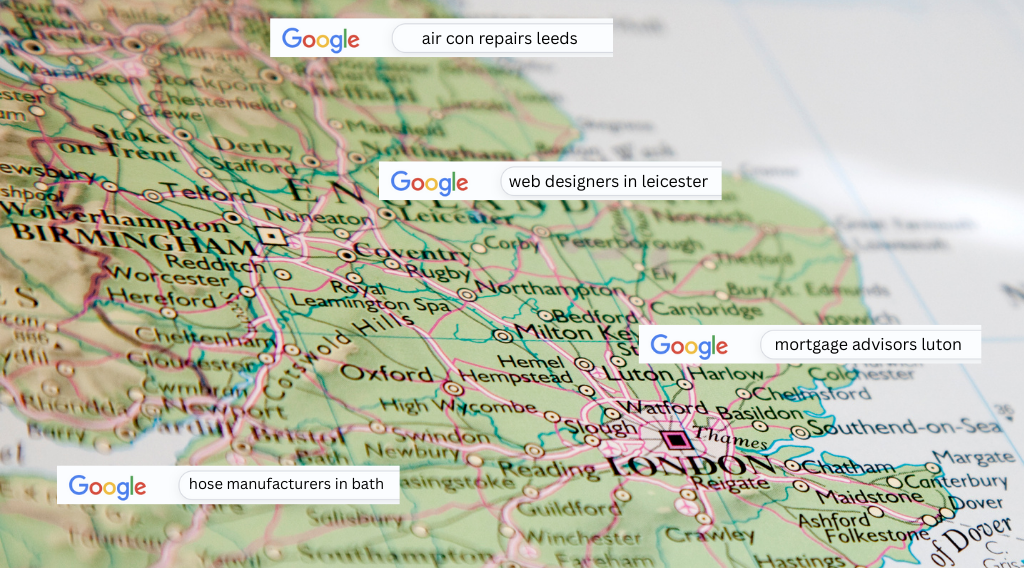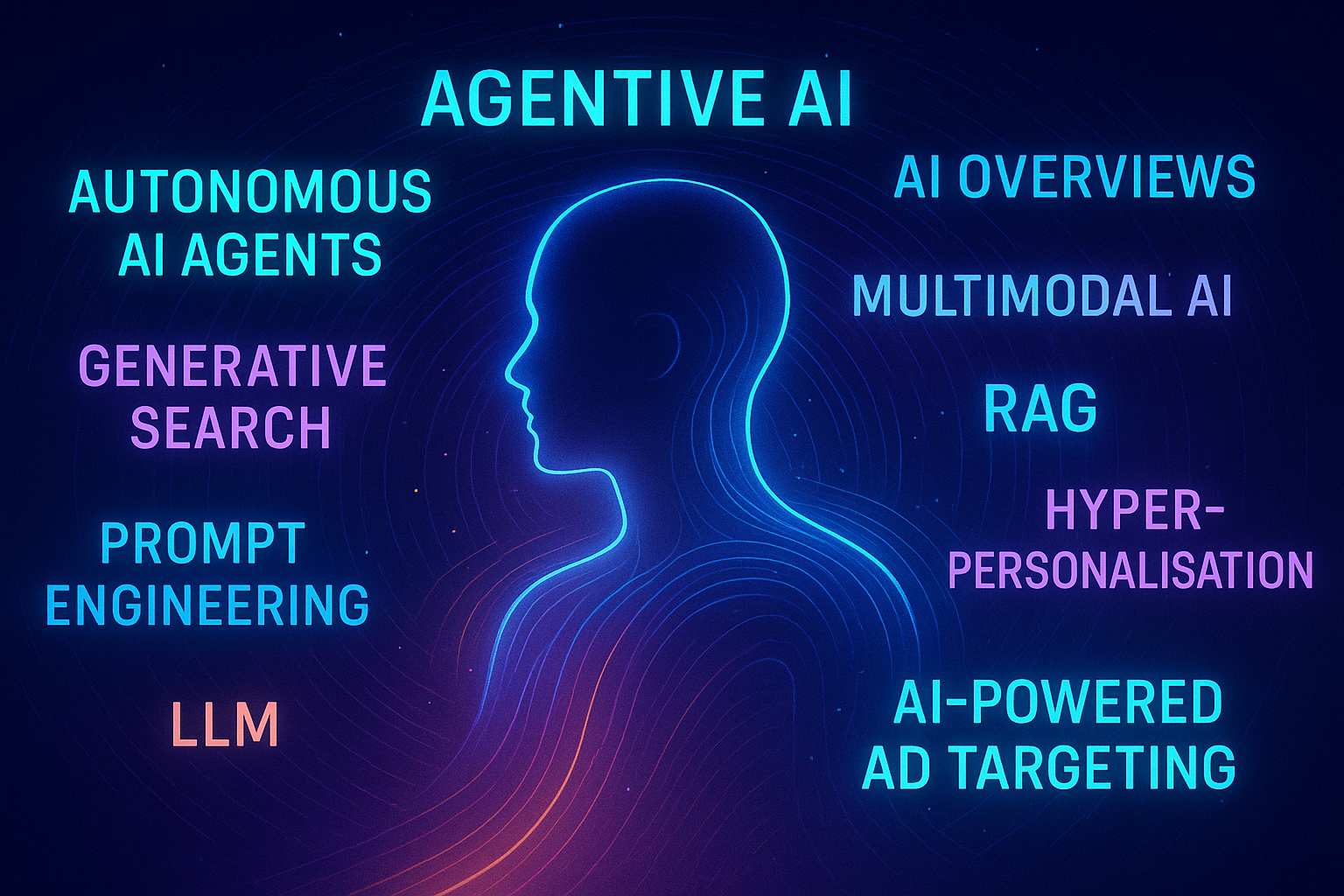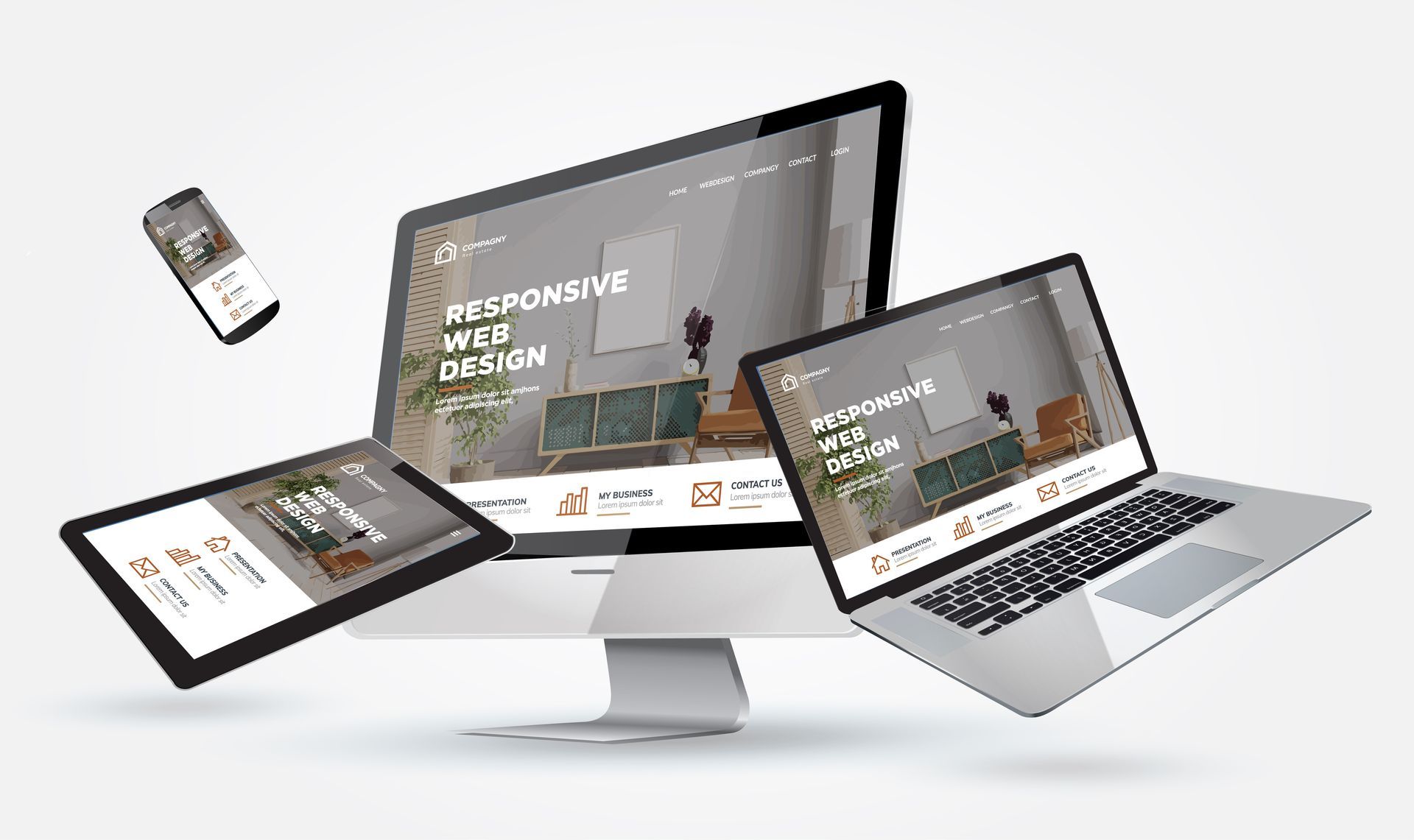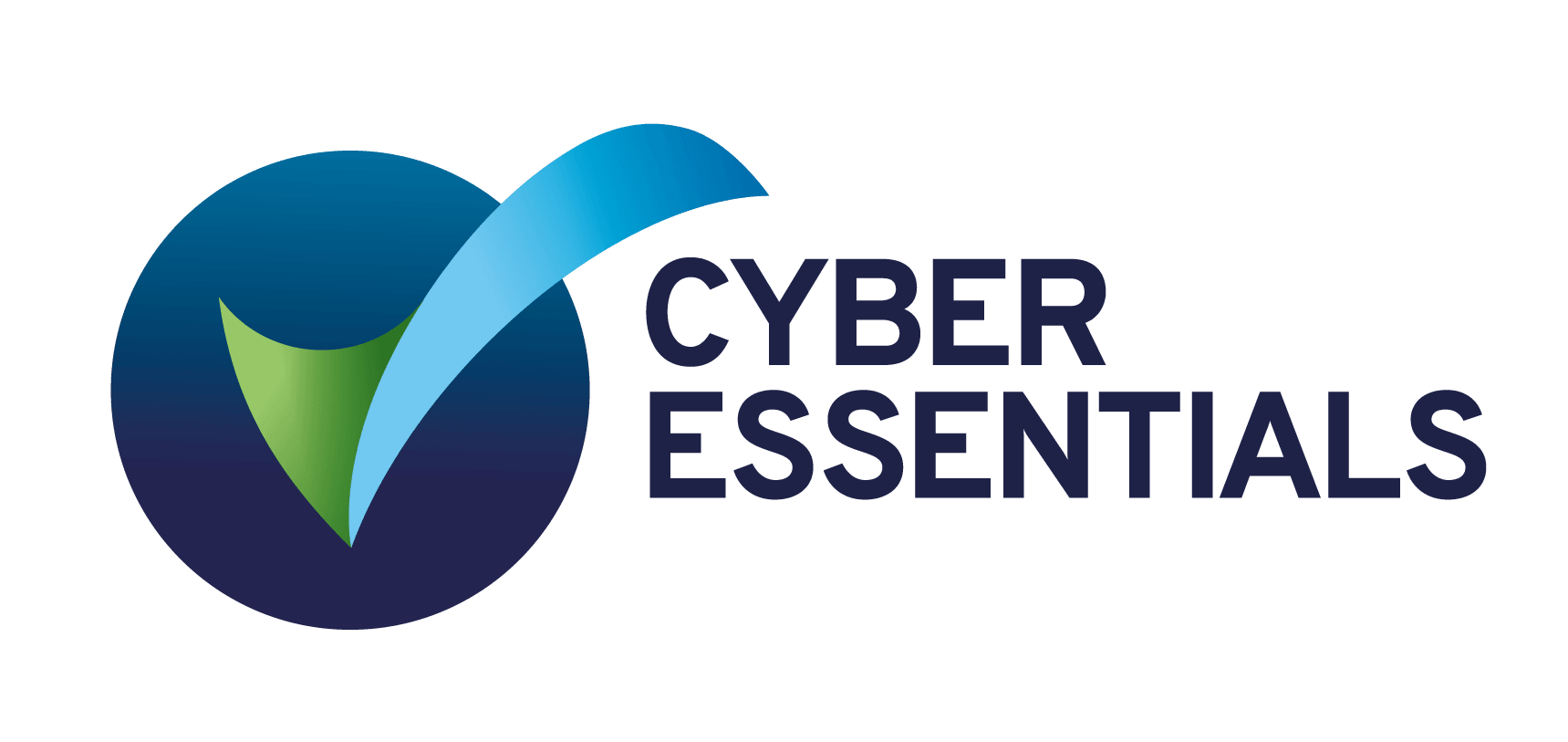Mastering Web Content Writing: 10 Essential Tips to Captivate Your Online Audience
Mastering Web Content Writing: 10 Essential Tips to Captivate Your Online Audience
In today’s digital landscape, grabbing and holding your audience’s attention is more challenging than ever. With countless websites vying for clicks, mastering web content writing becomes paramount. Whether you’re a seasoned blogger or a newcomer to the writing scene, the ability to craft engaging content can make or break your online presence. But what does it take to captivate an audience in a few fleeting seconds?
In this article, we’ll explore ten essential tips that will elevate your writing skills and keep readers coming back for more. From understanding your target audience to employing persuasive language and effective formatting, each tip is designed to enhance your content's impact. Get ready to transform your writing approach and create compelling web content that not only attracts traffic but also fosters meaningful connections with your readers. Dive in and start mastering the art of online storytelling today!
Understanding the Importance of Web Content Writing
In an era where digital interaction has become the norm, web content writing stands as a critical component of online communication. Unlike traditional forms of writing, web content is designed to be consumed quickly and effectively, catering to an audience that craves instant gratification. The significance of this medium cannot be overstated, as it forms the backbone of how information is disseminated across the internet. Web content writing is not merely about filling pages with words; it’s an art form that requires precision, creativity, and a deep understanding of the audience.
The primary objective of web content is to engage readers, inform them, and ultimately drive them to take specific actions. This could range from making a purchase, subscribing to a newsletter, or sharing the content with others. High-quality web content helps establish credibility and trust with your audience, which is essential for building a loyal following. In a crowded digital space, the ability to stand out through compelling content can significantly impact your website's success and overall online presence.
Moreover, web content writing plays a pivotal role in
search engine optimisation (SEO). Well-crafted content that is optimised for search engines can drastically improve your website's visibility, driving more organic traffic. This intersection of creativity and technical know-how makes web content writing a unique and vital skill in today’s digital marketplace. Understanding the importance of web content writing is the first step towards mastering it and using it to captivate and retain your online audience.
















